Barcelona, Spain
Montjuïc Cable Car
This cable car in Barcelona celebrates its 50th anniversary in 2020.

Photo Credit: Andrew Afram
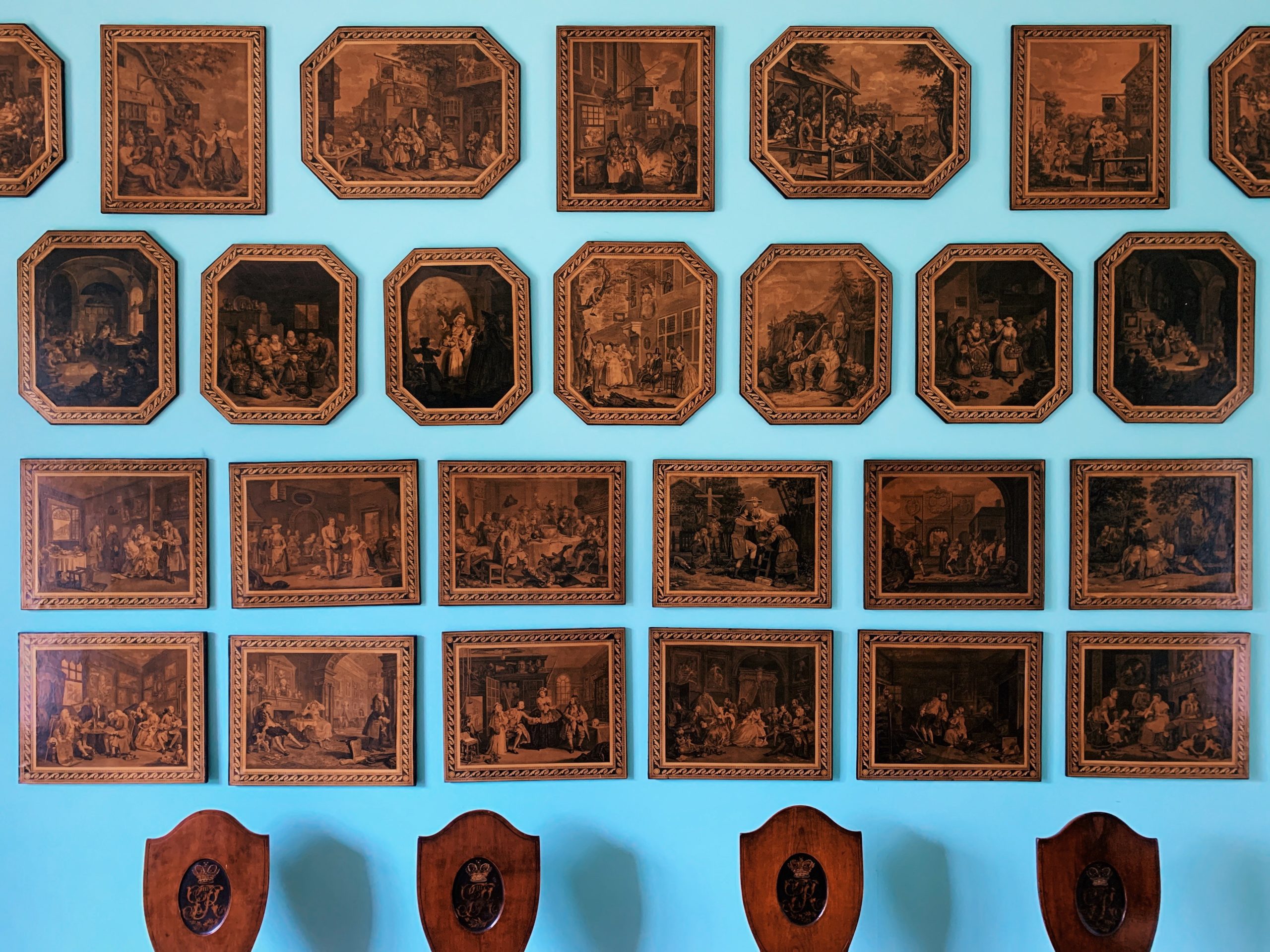
Photo Credit: Silvia Molteni
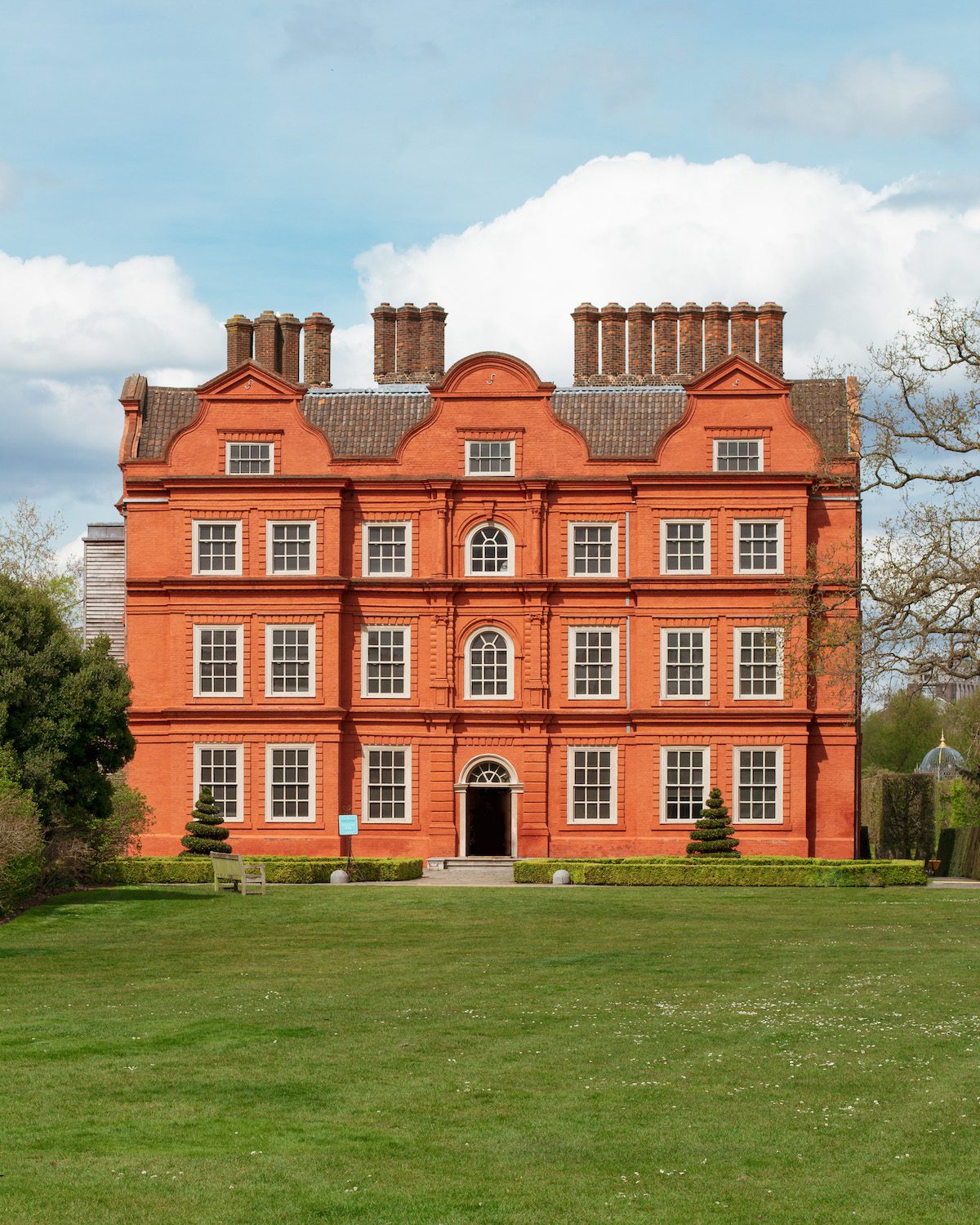
Photo Credit: Benjamin Malavisi
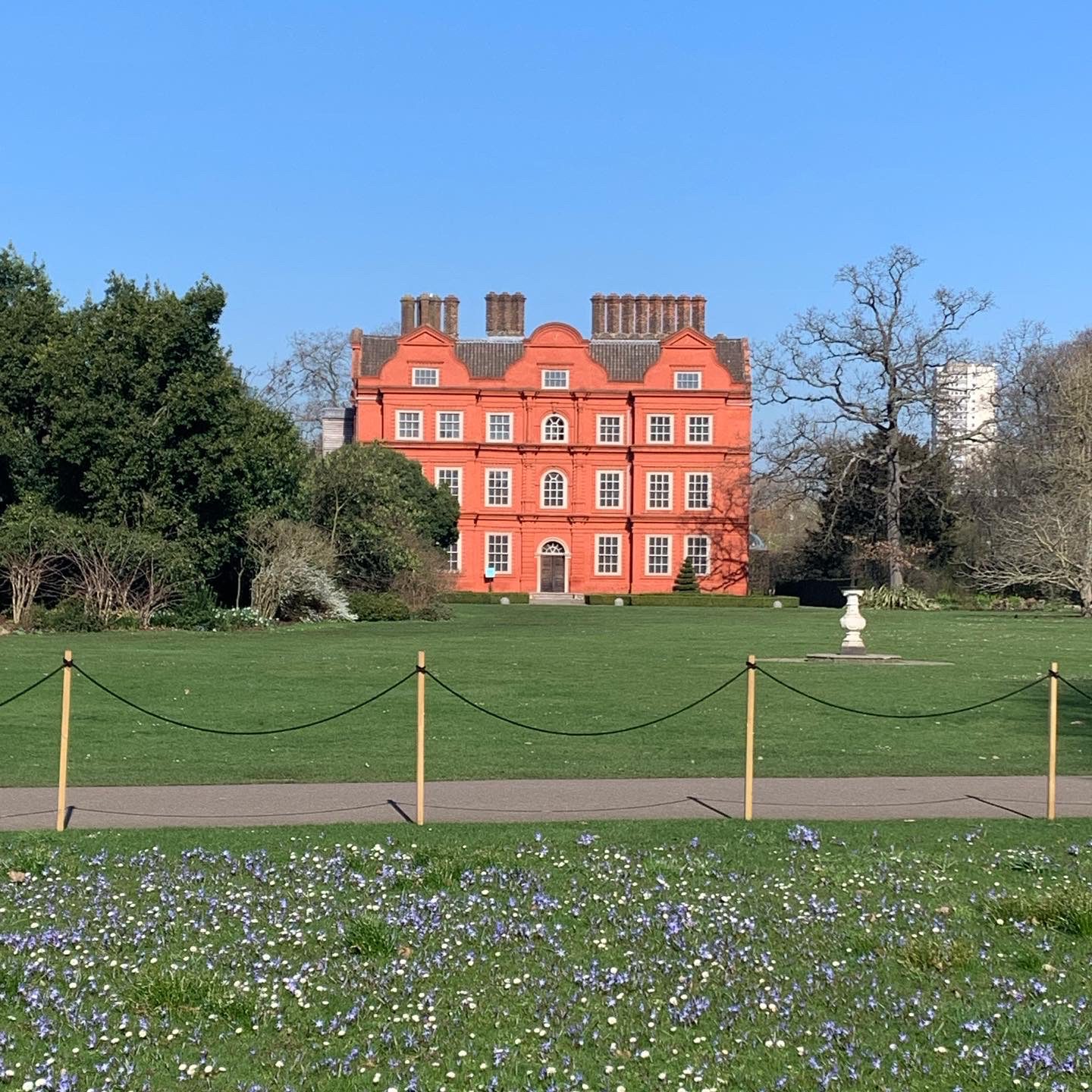
Photo Credit: Phoebe Libbish
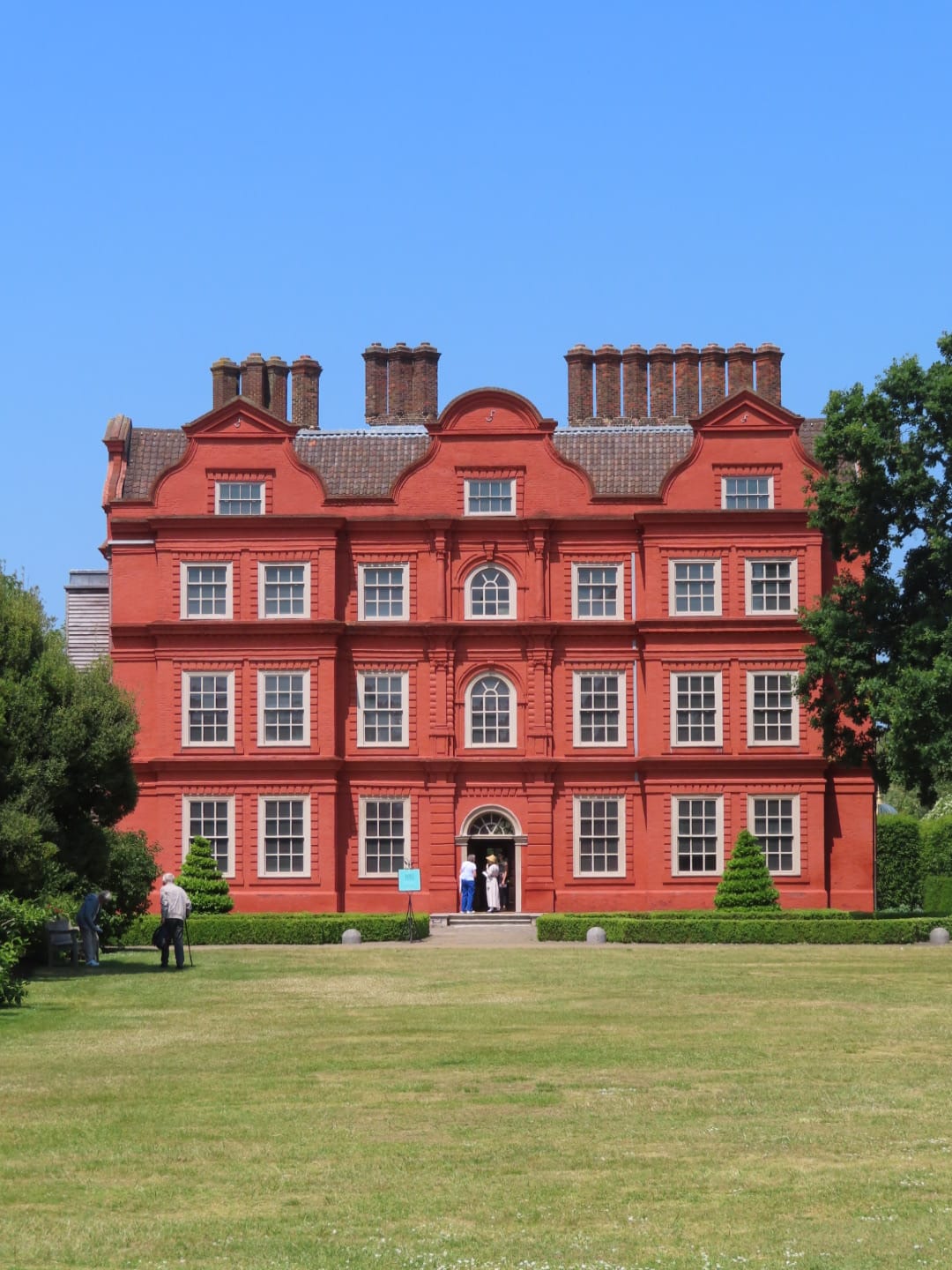
Photo Credit: Léa Lavigne
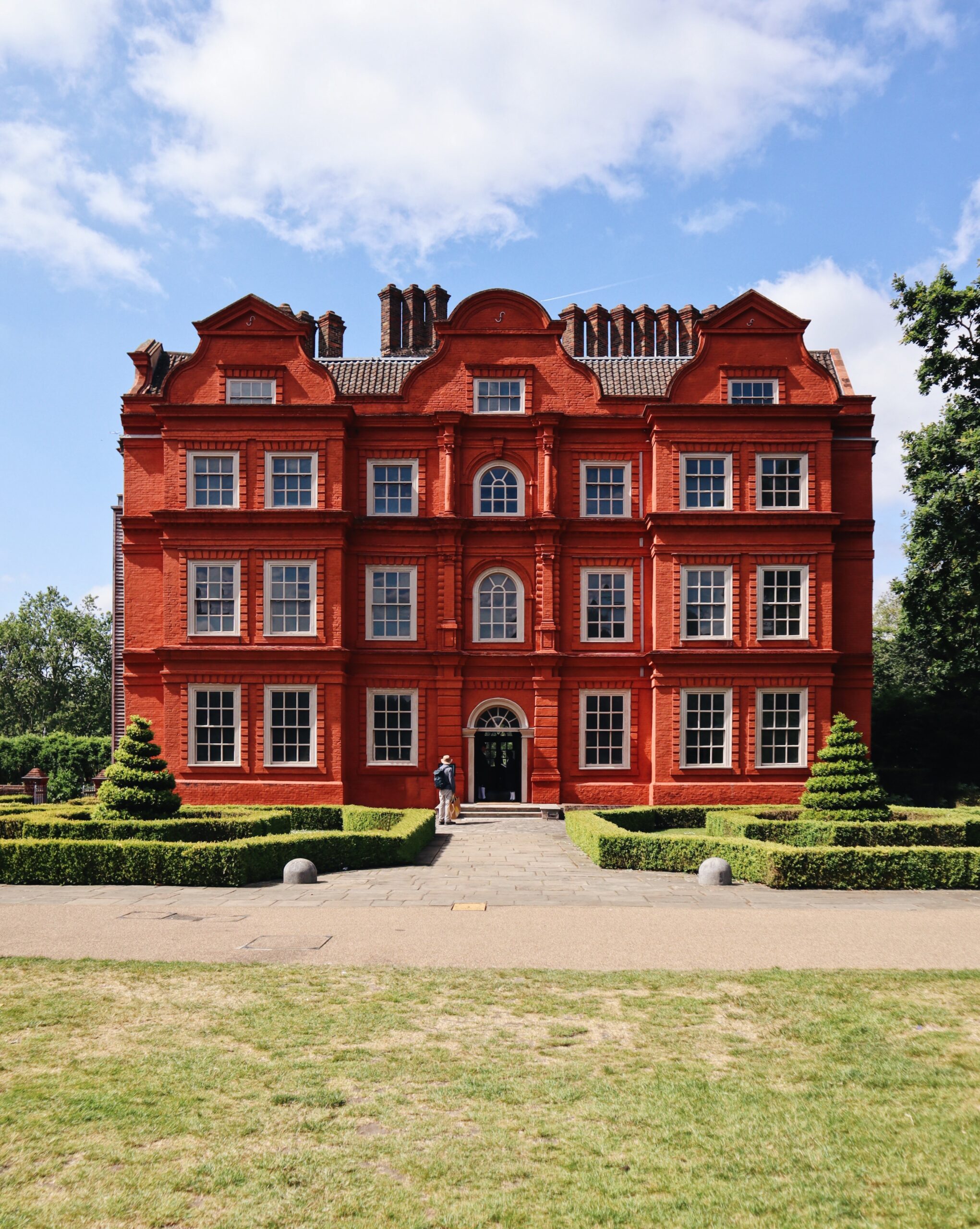
Photo Credit: Zoë Sutton
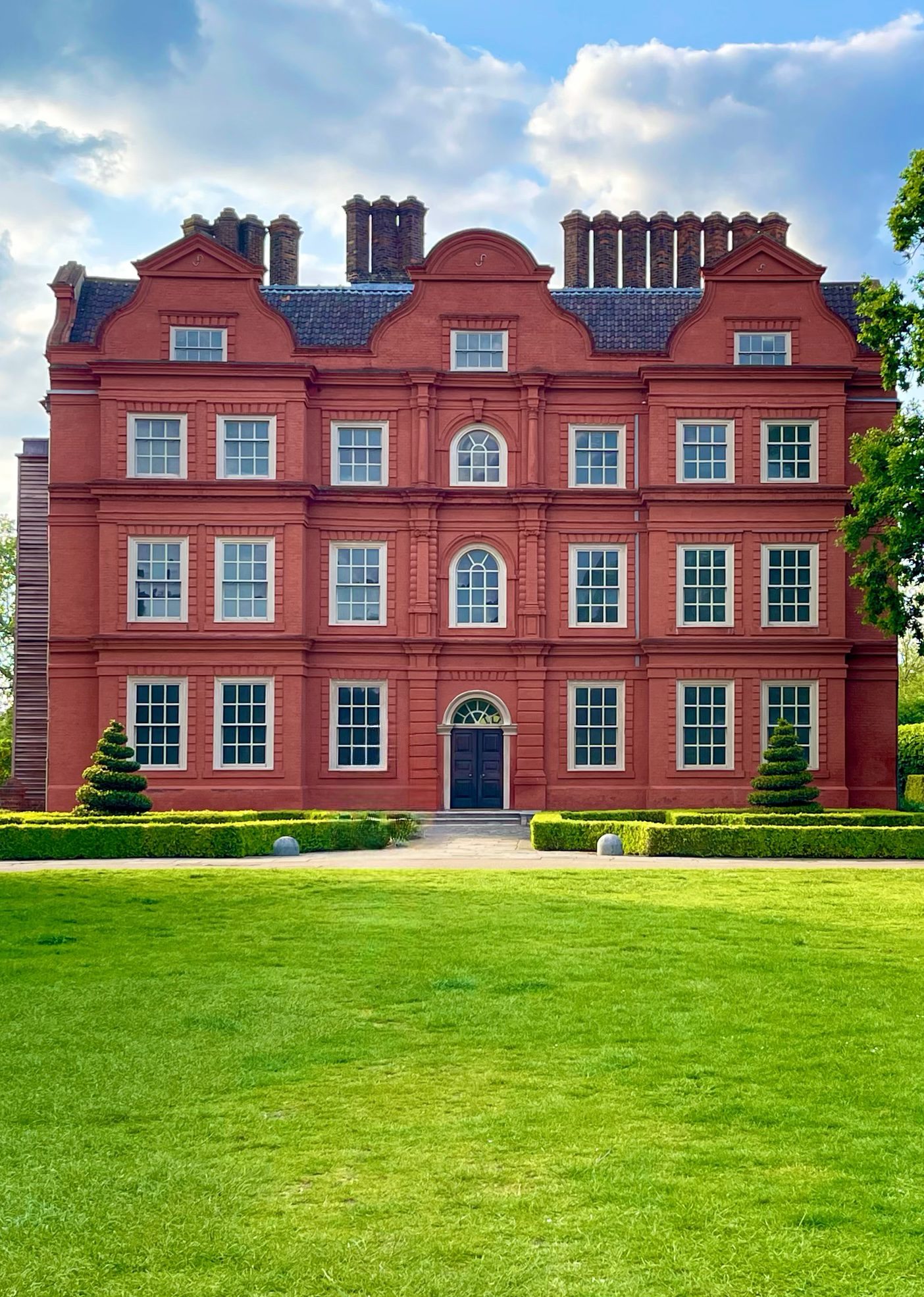
Photo Credit: Llewellyn Cooper
Partner

Kew Palace is the smallest of all the British royal palaces, located in the natural expanses of Kew Gardens, just upriver from London on the banks of the Thames. Originally a mansion for wealthy London silk merchants, in the 1720s George II and Queen Charlotte arrived with their children and took leases on the palace, as well as several other small properties in its vicinity.
Georgian royalty occupied Kew and its neighborhood Richmond Lodge for generations, using it as a retreat from public life. It was a place where they could be private and domestic, and could exist together, unencumbered by the expectations of ceremony, stifling traditions, and strictly maintained homes. As such, Kew’s relative intimacy reflects a wholly human portrait of the British monarchy during the eighteenth and early nineteenth centuries.
In some way, the very atmosphere of the palace itself tells the powerful story of George III (1738-1820), who used Kew as a refuge when he went “mad,” which is a claim that has been repeatedly disputed and supported, ever since the monarch’s death.
George loved his garden, much of which was designed by renowned landscape architect Capability Brown, who was responsible for over 170 of the finest gardens in Britain (his real name was Lancelot, but he received his nickname because he told clients that their property had “capability” for improvement). The gardens were cultivated more wildly than was customary, and were viewed as an idyllic pleasure ground. But the wildlife on display went beyond mere fauna.
Among the properties surrounding the main home is Queen Charlotte’s Cottage, which is open to the public. Downstairs, the queen displayed her extensive collection of prints from the artist William Hogarth—art that provides, in sequence, a sort of moral display or fable—on the walls of the print room. Upstairs was the tea or picnic room, decorated with bamboo and floral paintings done by the queen’s third daughter, Princess Elizabeth.
Toward the back of the cottage was a menagerie, home to a range of exotic animals over the years. Queen Caroline (1646–1723), wife of George II, acquired civet cats and tigers, whereas George III and Queen Charlotte contented themselves with tamer pets like cattle and colorful pheasants. Near the turn of the eighteenth century, the first kangaroos to arrive in England were kept and bred successfully there, and once bounced freely behind the monarch’s cottage.

AWA Community Insight:
dizzy22_King George III treated here for his ‘madness’. Cutlery use was restricted. https://www.hrp.org.uk/kew-palace/history-and-stories/george-iii/
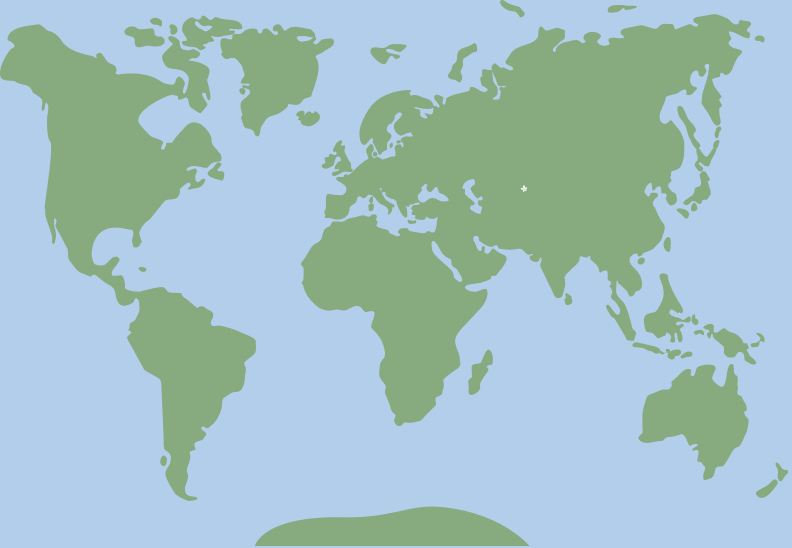 51.4838181, -0.2949802
51.4838181, -0.2949802
Need an account? Sign up
This site is protected by reCAPTCHA and the Google Privacy Policy and Terms of Service apply.
🌱Big fans and constant visitors to the New York Botanical Garden, we’ve always wanted to visit Kew Gardens, in part, because NYBG was inspired by the then, Royal Botanic Garden (at Kew) since the 1880’s 🌿
I can understand why George and Charlotte retreated here. It’s stunning!
Botanicals + Anglophilia = I am so in.
Would use this trip as a means to apply for jobs and not leave England after my 5 days
Love to got back home to London with my best friend from Miami, and show her all amazing places London has to offer, and as fans of AWA what a better experience on another level.
Oooooooh. Me and my mom have been planning to go to London since I was 10 years old. We were hoping on going when I graduate, but doing it now would be so cool. It would be a great memory!!
Thank you for the this amazing opportunity! My wife and I are coming up on our 10 year wedding anniversary. We traveled to London on our honeymoon. It would be fantastic to go back to the best city in the world to celebrate a wonderful decade with my spectacular wife!
To London we go.
I can already picture myself and favourite travel buddy sitting and sipping our Hendrick’s Gin & Tonic in these magnificent gardens! 😍
I spend all my travel time visiting botanical gardens across the world. It would be a dream to visit this one!
🌿 Almost every year I visit Kew Gardens. It is spectacular 🌺🏵️🪻
I’ve never been to London, it’s one of my biggest dream to see it with my husband . Thanks for this fantastic opportunity! Let’s see what luck will brings for us
I' be been to London before but never visited the Kew gardens!! What an amazing opportunity!!
Everything about this trip makes me happy! Please and Thank you
We love seeing Botanical Gardens on all of our adventures. We recently got engaged at the gardens in DC, with hopes of celebrating our marriage at our local gardens 💚💐
I'm in Grays, Essex for the Summer helping out my family - I head into London for adventures unseen or untold on Mondays & Tuesdays - my advice; visit museums early as possible they become over crowded and noisy quite quickly
❤️
A dream for all the wanderlusters in love with History!
Off to London!!!
The amount of chimneys - I can’t wait to see the fireplaces!
Would be great fun to share with my sister Laurie, she is a wonderful gardener herself. We live on opposite sides of Canada so this would bring us together. And we will enjoy a gin cocktail together to savour each day’s adventures.
Would love to visit London again & experience the wonders of nature
10 year anniversary trip!
My fiancé has never left the country, this would be such an amazing honeymoon for us! We work so hard (in our careers & on eachother), a trip like this would be unforgettable for so many reasons!
Totally stunning
Lost my dear traveling companion of 35 years recently, and he loved a good G + T (or 4), so I really need a getaway with my friend (I'd go with "The Lisa," who loves greenery and gardening). I've heard all about Marianne North's beautiful flower/plant paintings housed in Kew Gardens from her Victorian wanderings around the world. My kind of gal!
I have been to London once and I fell in love with it! I have been wanting to go back ever since! I have never heard of Kew Palace, but I love history and learning the history is new places. I would love the opportunity to take my mom with me to see London and to learn about this place! She was kind enough to take me 4 years ago, and I would love to repay that kindness!
Love the contest!!!
I LOVE ❤️ LONDON, I Unfortunately didn’t visit KEW PALACE AND QUEEN CHARLOTTES COTTAGE. I was 14 what did I know? I Know I LOVE ❤️ FLOWERS 🌺 🌸 🌹, GARDENS , This would be the trip of a life time, something I’ve long to do, travel to ENGLAND and what could compare than this beautiful chance to visit and see the gardens of Queen Charlotte Cottage !!! Wow, Wow, Wow! Yes please I Would Love ❤️ to win !!!
Thank you for the opportunity to enter & would love to win this contest - keeping fingers & toes crossed⚡️
What a brilliant way to see London for the first time
I adore London and Hendricks gin and gardens….I want to take my adult children who love art and architecture and history. I am actually watching The Crown right now!
I go to the Sydney botanical gardens most days to be amongst nature but still in the city. So would love to stay in and see the Kew botanical gardens in the grand city of London! (all whilst sipping a gin)…
I wanna bring my friend from San Francisco who used to live in London. We haven’t seen him in person since 2019!
I would love to visit London again and enjoy a fantastic floral escape and a gin and tonic made with Hendrick’s! Thank you for this beautiful contest and of the beauty and fun you bring to us in celebration of adventure and the world!
They're changing guards at Buckingham Palace, Christopher Robin went down with Alice...
Can’t wait to bask in the brilliance of the gardens
Love to engage , enliven and excite my senses .. my sweetheart and I would canoodle on the lawn , take snaps and recall the experience till dawn .
I really want to go!
Old friend reunion? Or half life togheter anniversary… Cannot decide my travel buddy 🫣
This would be our first trip to London!
Love everything about London. Have been to the Chelsea Flower Show which was amazing. Would love to visit London again. Thank you for the dream!
The city I have sweet and bitter memories with my beloved sister, and would like to visit again with her. And KEE garden is her favorite place in this city she has loved and lived😍
I’ve always wanted to visit London! This is the perfect opportunity and to celebrate my birthday too!
Wow what a trip . I am obsessed with all things botanical and wait to see these wonders and take my bestie ❤️❤️❤️❤️ thank you
Thank you for offering this contest! 🌺 It would mean the world to me (no pun intended!) to visit Kew Gardens. I’m a university student on a tight budget and haven’t had a vacation in a long time. Visiting one of my favourite cities would be a very welcome change in scenery and be the perfect break from classes and job hunting. 🌻
Would absolutely ❤️ to get inspired!
Thank you for providing this fabulous opportunity for the lucky winner and their companion.
I'm ready for London! this is the best campaign I have ever seen.
All the energy you get when you’re travel in through mighty England!
And of course I admire all that beautifull Gardens 💓 ) and I want to visit them so much!!!
@covergirlchris needs an epic adventure … we can be the FLORA ADORABLE BUBBLE BEES 🐝 and drink hendricks gin cocktails while on holiday 🥂
Thank you so much for this beautiful campaign! ❤ I'm a student in Germany and it is a great opportunity for someone who lives on a tight budget (like almost any student). No need to even think about the buddy! Of course, my brother, who lives far away from me and has never had experience abroad. This would be an indescribable opportunity to meet him for the first time in a long time and spend some quality time together. 😍
🍂Earthing in Nature - not about the destination but being in the present in the symphony of nature. 🍂
I have always wanted to visit Kew Gardens - dream trip!
What an amazing opportunity. My partner (designer) and me (lover of all things design and architecture) can’t wait to visit London together (one of my old home cities). Sign me up!
There are so many places to see in London! I've been there twice, but the list of spots to visit is still long :)